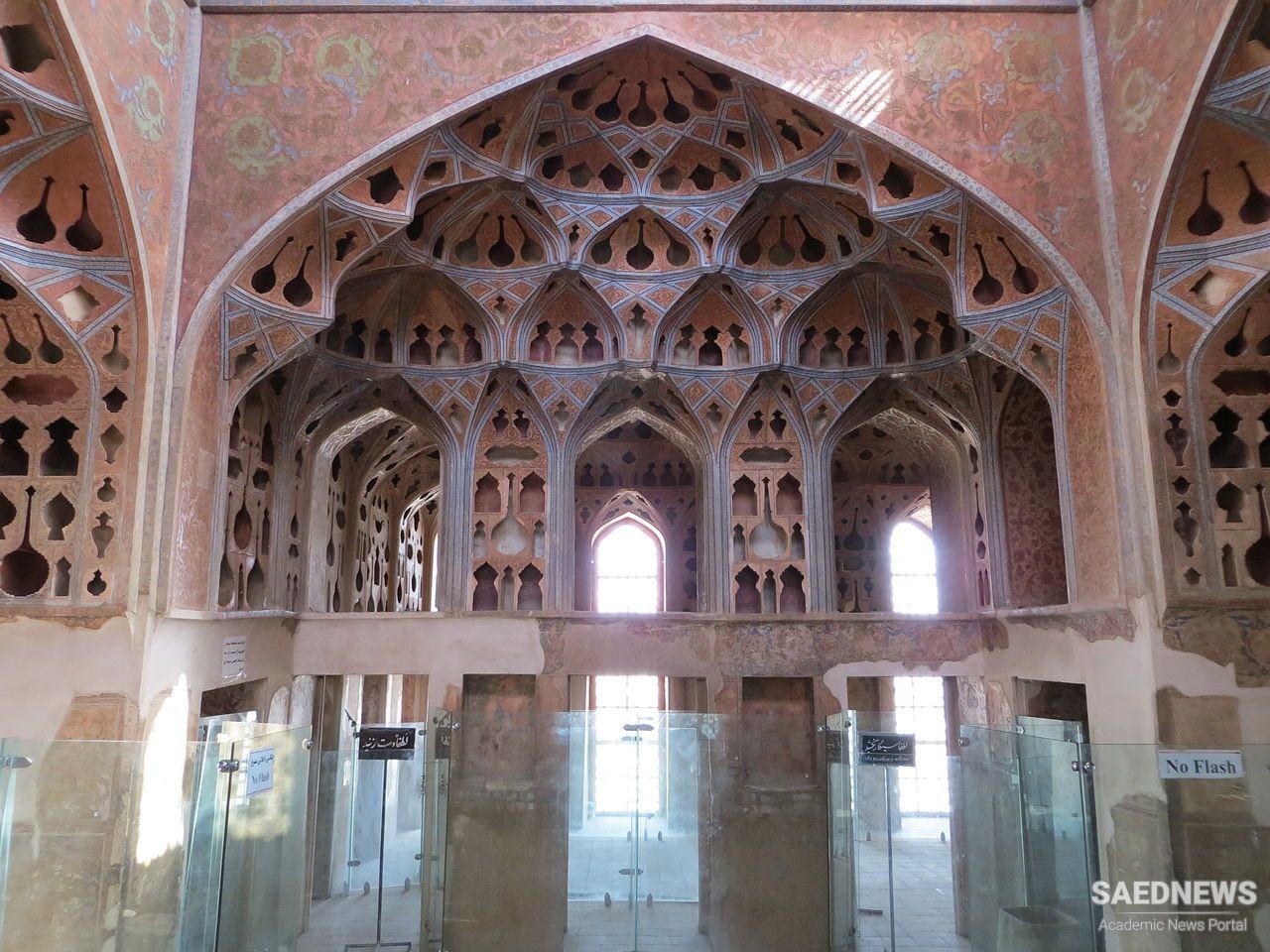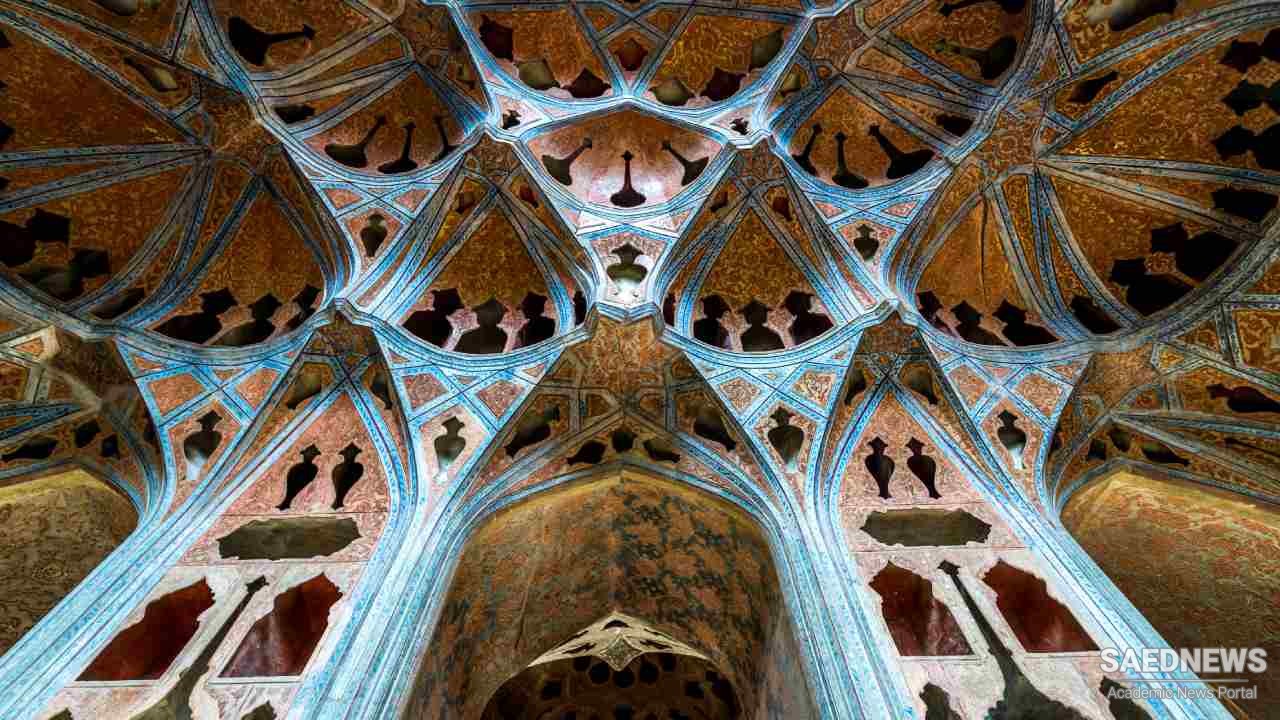One of the most striking characteristics of classical Persian music, especially for the foreign listener, is its pervasive sadness. Iranians are aware of this impression and explain it readily. The Persians, they say, are basically a serious, mystical people, and this sad, quiet music is peculiarly well suited to their philosophy of life and their emotional needs. One seeking the cause of this special national character is reminded of the Iranian countryside— indeed a plausible explanation, since few countries possess such an inhospitable geography. With the exception of a narrow forested belt of land along the Caspian Sea in the north, Iran is composed of desert and mountain. These huge stretches of desert, great vacant spaces broken only by barren mountains, are awesome. The Iranian plateau is often likened to the face of the moon; for, in contrast to Europe and much of Asia to the east, Iran is an empty country, vast and lonely. Once the desolation of this countryside has been experienced, it becomes understandable that the sight of the most insignificant tree or a tiny stream can have a strong effect upon a Persian, and that these should be greatly celebrated in Persian poetry.It may well be that the character of the land has imposed itself onto the collective character of the Persian people—that they are sad because nature has given them little to enjoy. Persians, however, frequently offer a more compelling explanation of their natural character—their long, tragic history, full of invasions andforeign occupations. In the two and one-half millennia since Cyrus the Great (r. 559-530 B.C.), Persia has had only three powerful native dynasties: the Achaemenid (sixth to fourth centuries B.c.), the Sassanian (third to seventh centuries A.D.), and the Safavid (sixteenth to early eighteenth centuries). This lack of strong national rule becomes even more significant with the realization that from the end of the second great native dynasty, A.D. 642, until the present time, a period of 1300 years, only the two centuries under Safavid rule produced an era of Persian greatness. Between these periods of native Persian rule were years of foreign domination and foreign influence that, according to the Persians themselves, have left a scar on the Persian character, a scar that is manifested in the music of today (Source: Persian Classical Music).



 Persian Classic Music: Performer-Composer Dialectic
Persian Classic Music: Performer-Composer Dialectic














































